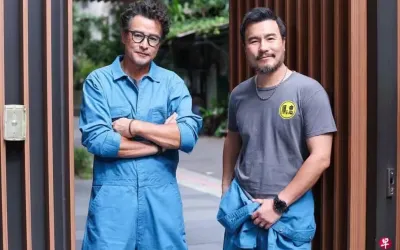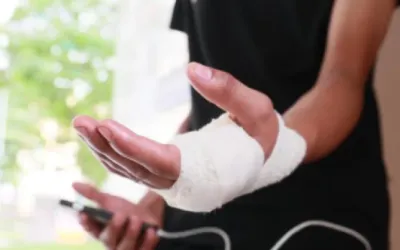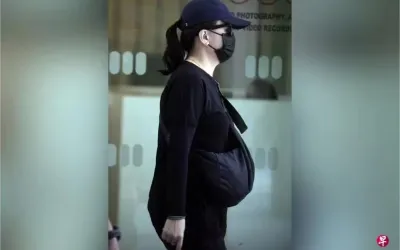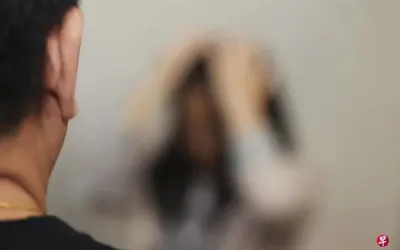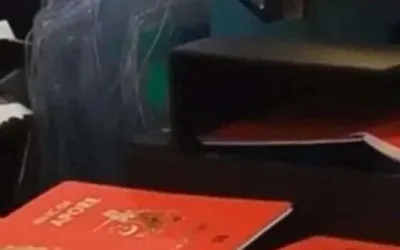2024年7月2日,新加坡国家社会及家庭发展部长兼卫生部第二部长马善高在国会答复惹兰勿刹集选区议员文礼佳博士关于家庭援助站(Family Nexus)计划的进展情况。
以下内容为新加坡眼根据国会英文资料翻译整理:
议长先生:有请文礼佳博士
文礼佳博士 (惹兰勿刹集选区议员):议长先生,感谢部长分享关于母子健康工作小组(CAMH)的信息。我相信这是一项了不起的举措,是我们期待已久的。议长先生,我有一些补充问题。如果我超出两个问题,可以吗?
议长先生:请一次性提出所有问题,尽量简明扼要。
文礼佳博士 (惹兰勿刹集选区议员):可以。议长先生,我的第一个补充问题是关于家庭援助站(Family Nexus)的。目前已建立了家庭援助站(Family Nexus)点。请问社会与家庭发展部,如果要扩展到其他地区,会考虑到哪些因素?我相信还有其他地区也希望拥有这些服务。所以,这是第一个问题。
第二个问题是关于屏幕时间的使用。这是文件中非常强调的问题,但目前只有指导方针。社会与家庭服务部是否有计划考虑将其纳入立法,以限制儿童使用这些设备?
议长先生,我的第三个问题是关于儿童肥胖率的担忧。虽然我们想单独解决肥胖问题,但我记得当年当我们谈论肥胖问题时,学校里有一群学生通常会被搁置一边。在我们解决这个问题时,我想知道我们如何才能更好地管理这种情况,以免我们把这个群体隔离得太厉害,使儿童因为肥胖成为攻击的目标。
马善高(社会及家庭发展部长)先生:在设计4家家庭援助站(Family Nexus)时,我们曾考虑过几种尝试模式。一种模式就像我们淡滨尼天地(our Tampines Hub)的模式,这是一个社区点,社区居民自然地、定期地聚集在一起,形成一个大家都熟悉的地方,但这里没有医疗设施,不像综合诊所。我们还有另一个地方,它实际上是一个综合诊所,然后我们注入了社会服务,这样,如果他们来就医,就可以将他们转诊到社会服务机构。另一种情况是,综合诊所与社会服务机构一起在现场设立一个小单位,这是一种混合模式。
因此,我们仍在研究各种混合模式和各种配置,然后在两年内进行评估,看看哪种模式最好、如何最好以及哪种模式最适合,从而确定我们能为母婴二人组带来的影响。但就目前而言,我们正在研究的是母婴二人组的密度如何,这将是我们何时推出这项服务的优先事项,当试点得到验证并选择混合型、社区型或综合诊所型时,我们就会推出这项服务。
关于屏幕使用时间,目前只是一个指导方针。归根结底,为服务提供商立法确实非常困难,因为这是一个复杂的问题,涉及通讯及新闻部 (MCI) 和卫生部(MOH)。在世界各地,我们都在努力解决这个问题,并寻找解决方案。
但是,我们可以把控制权交给我们的父母,让他们了解自己的孩子,尤其是在孩子很小的时候,会接触到哪些不同类型的屏幕时间。例如,新加坡健康成长追踪研究(Growing Up in Singapore Towards Healthy Outcomes,简称GUSTO)就谈到了电视时间。在孩子很小的时候,他们可能会看电视,完全被电视上的内容吸引和陶醉,我们会想,"哦,孩子正在欣赏节目呢"。
但新加坡健康成长追踪研究(GUSTO)发现,这是在用灯光刺激大脑。孩子看到的只是光。他不明白自己在看什么,对大脑的刺激对孩子没有好处。它实际上对大脑有害。
因此,当我们审视其他类型的屏幕使用时,我们必须了解它是否用于互动目的(这是推荐的,但仍必须针对不同年龄段进行监管);它是否是被动的,即孩子在观看但没有人互动;或者更糟糕的是,在背景中;没有人观看,但它在背景中。
因此,我们的父母必须了解所有这些屏幕设备的使用情况,尤其是社交媒体和数字渠道(如 YouTube 等)的能力,这样我们才能意识到我们让孩子接触了什么,他们的大脑是如何发育的,甚至他们的社交行为是如何形成的。因此,请阅读这些指南。它们经过深思熟虑,易于使用。我们不需要法规来理解这些东西。我们不需要律师来理解它们。只要读一读,它们就非常容易使用。记住三点:需要互动;避免被动观看;更糟糕的是,不要使用背景屏幕。
最后,关于肥胖问题,我同意,在解决儿童肥胖问题方面,我们仍有许多事情需要做,并将继续做下去。但是,我们应该在上游做更多的努力。新加坡健康成长追踪的研究(GUSTO)还表明,我们可以为孩子们做一些事情,以防止肥胖的发生。例如,咀嚼时间。只要让孩子在成长过程中多咀嚼,不要什么都吞下去,就会影响肥胖率。这些简单的事情,家长都可以做到。我们不要总是试图在孩子上小学和中学时解决他们的肥胖问题,实际上,在他们成长过程中,我们可以做一些事情来解决这些问题。
这就是为什么家庭援助站(Family Nexus)、综合诊所、我们在母亲生孩子时对她们采取的干预措施(哺乳除外)等等都是重要的想法、概念和发现,我们希望这些想法、概念和发现能够帮助我们的孩子成长,并通过尽可能多地解决和帮助他们的成长,开发他们的潜力。

以下是英文质询内容:
Mr Speaker: Dr Wan Rizal.
Dr Wan Rizal (Jalan Besar): Mr Speaker, I thank the Minister for sharing on CAMH. I believe that this is a wonderful initiative, something that we have been waiting for, for some time. I have a number of supplementary questions, Mr Speaker. Is it okay if I go beyond the two?
Mr Speaker: Please ask all of them at one go and try to keep it succinct.
Dr Wan Rizal: Will do. Sir, my first supplementary question will be on the Family Nexus. There are Family Nexus sites already established. What considerations would the Ministry take into account when wanting to expand to other regions? I believe there are other regions which would also like to have these services. So, that is the first question.
The second question is about the usage of screen time. This is something that came up very strongly in the paper and there are only guidelines. Are there plans for the Ministry to consider making it into legislation, where we can limit the usage of these devices for children?
Sir, the third question I have is regarding the concerning rates of childhood obesity. Although we want to address obesity on its own, I remember back then that when we talked about obesity, a group of students in schools usually are sidelined. As we address this issue, I was wondering how we could better manage this situation so that we do not segregate this community too much where the children themselves are being targeted for being obese.
Mr Masagos Zulkifli B M M: When we designed the four Family Nexus centres, we considered a few models to try out. One model is like the one in our Tampines Hub, a community point where the community comes together naturally, regularly and makes a place where everyone is familiar with, but there are no medical facilities available, not like a polyclinic. We have another where it is actually a polyclinic and then we infused social services, so that if they come for medical attention, they can be referred to the social service agency. Another one is where the polyclinic has a small unit onsite together with the social service agency, which is a hybrid.
So, we are still looking at the various hybrids and the various configurations and then evaluate within, say, two years to see what best, how best and what suits where, in terms of the impact that we can provide for our mother and child dyad. But for now, what we are looking at is what is the density of the mother-child dyad like and that will be our priority on when we will roll this out, when the pilot is proven and chosen in terms of whether it is a hybrid type, community type or polyclinic type.
On screen time, it is a guideline right now. At the end of the day, to legislate something for the service providers is going to be really difficult because it is a complex issue involving both the Ministry of Communications and Information (MCI) and MOH. And everywhere in the world, we are trying to address this issue and looking for solutions to them.
But we can put this control in the hands of our parents to understand the different kinds of screen time that they are exposing their children to, especially when they are very young. Growing Up in Singapore Towards Healthy Outcomes (GUSTO), for example, talked about television (TV) time. In the very early years, a child may be watching TV, totally captured and enamoured by what is happening on TV, and we think, "Oh, the child is enjoying the show."
But what GUSTO has found is that it is stimulating the brain with lights. All the child is looking at is light. He does not understand what he is watching, and the stimulation on the brain is not good for the child. It is actually detrimental to the brain.
Therefore, when we look at other kinds of screen use, we have to understand whether it is for interactive purposes, which is recommended, but still must be regulated for different age groups; whether it is passive, where the child is watching and nobody is interacting; or, even worse still, in the background; where nobody is watching but it is in the background.


